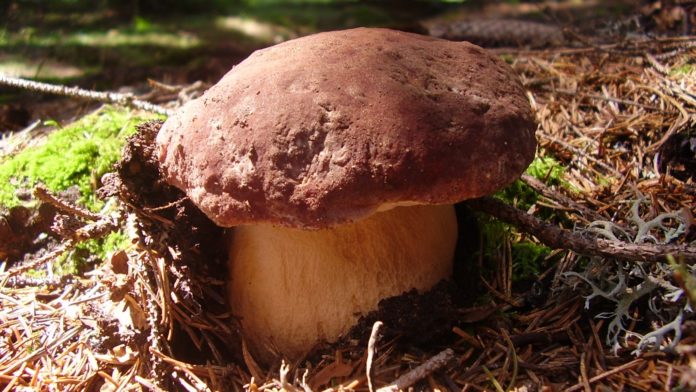Nature makes ingenious use of her resources, and now we have another remarkable feat to add to the list. A new study that explores the paleosymbiosis hypothesis suggests that tree roots spread out underground and make use of dormant fungal networks that haven’t budged in millennia.
As permafrost melts and its southern border recedes, boreal forests need to migrate further north, and these networks can aid their travel by colonizing the host tree and setting up nutrient chains.
Central to these chains are mycorrhizal networks that distribute vital nutrients such as water, nitrogen, and carbon to plants connected to their network. At the same time, vegetative structures called fungal propagules break off from the main mycorrhizal network and resist glaciation by going underground.
In harsher climates like the northern territories, these distribution chains are critical to the survival and growth of the plant species.
According to the authors, environments with favourable preservation conditions can hang on to these networks for over 6,000 years. Permafrost is ideal, so these boreal forests have ancient subterranean friends waiting for them on the long northern march.
Climate change is what started this threat by melting the permafrost and triggering the growth of bark beetles and blight, but it seems boreal and tundra ecosystems can adapt by venturing north.
Excellent news for both conservationists and environmentalists worried about carbon emissions, since these forests can at least lessen the impact of logging on their carbon absorption capacities.
The “Wood Wide Web”
Labyrinthine fungal connections have been noted for their “socialist” delegation of nutrient resources. Older trees assist younger saplings with bountiful amounts of water and sugar, even in the face of demise.
Have a look at this image detailing a network in a 30×30 m plot out in British Columbia. The green blade-looking objects are Douglas-fir trees and the lines connecting them compose just two species of mycorrhizal fungal networks – R. vesiculosus is represented by blue and R. vinicolor by pink.

In reality, there would be myriad more plants and tree species with hundreds of interconnected networks in a 30×30 m section of forest. Hence you have the “Wood Wide Web”.
Trees and plants of different species not only trade resources, but they can communicate warnings through these networks about hostile pathogens or insects consuming the vegetation.
Whether or not this is an act of genuine altruism or not is up for debate. The mycorrhizal network is a broker of sorts, and the threatened tree might dump its resources to the system which passes it on to an area of low concentration in a different species.
Nonetheless, it’s truly fascinating to consider that trees and plants form communities and co-operate at such a deep level.










































